A room of one’s own
Rooming houses are an essential option for those in need, but their numbers are shrinking
Advertisement
Read this article for free:
or
Already have an account? Log in here »
To continue reading, please subscribe:
Monthly Digital Subscription
$19 $0 for the first 4 weeks*
- Enjoy unlimited reading on winnipegfreepress.com
- Read the E-Edition, our digital replica newspaper
- Access News Break, our award-winning app
- Play interactive puzzles
*No charge for 4 weeks then billed as $19 every four weeks (new subscribers and qualified returning subscribers only). Cancel anytime.
Read unlimited articles for free today:
or
Already have an account? Log in here »
Hey there, time traveller!
This article was published 23/06/2018 (2133 days ago), so information in it may no longer be current.
On a quiet street in Winnipeg’s inner-city, Debby Sillito and Debra Jones sit on the deck of a seemingly ordinary house. They relax in lawn chairs, chatting, as their cats — Missy and Mister — lounge in the grass.
There’s one thing separating Sillito and Jones’ home from the majority of others in their neighbourhood: it’s a rooming house.
Both women live with mental illness, mobility issues and are on Employment and Income Assistance. While they chose the rental because it was within their price range, it has provided them with a sense of community neither had experienced before.
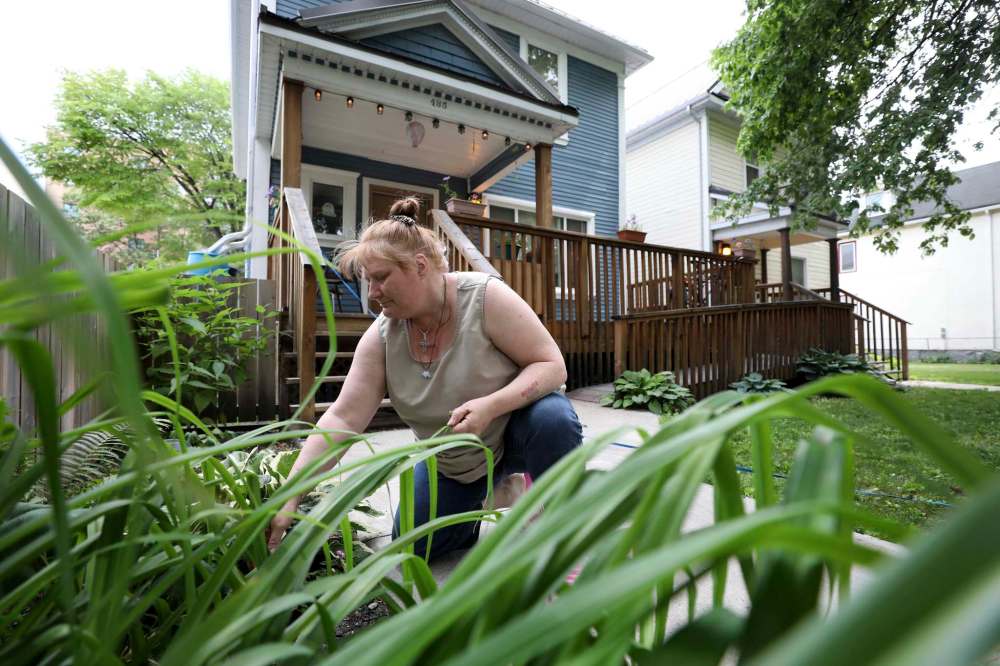
Residents celebrate holidays together and have neighbourhood block parties. In the backyard, there’s a fire pit and public garden. Residents, along with those from two other rooming houses on the street, sometimes get together to roast hot dogs and marshmallows.
“Nobody goes around saying bad things about anybody,” Sillito says. “We just enjoy being here.”
“You’re never lonely,” Jones adds.
The two women are best friends. Sillito even has a key to Jones’ suite so she can “make sure she’s OK.” The potted flowers on the deck are an homage to their friendship.
“Pink and purple,” Jones says. “Our favourite colours.”
Rooming houses are in neighbourhoods across Winnipeg, even though other residents may not know it. They’re private dwellings where tenants, who have their own bedrooms or suites, share other accommodations, such as kitchens, bathrooms or outdoor spaces.
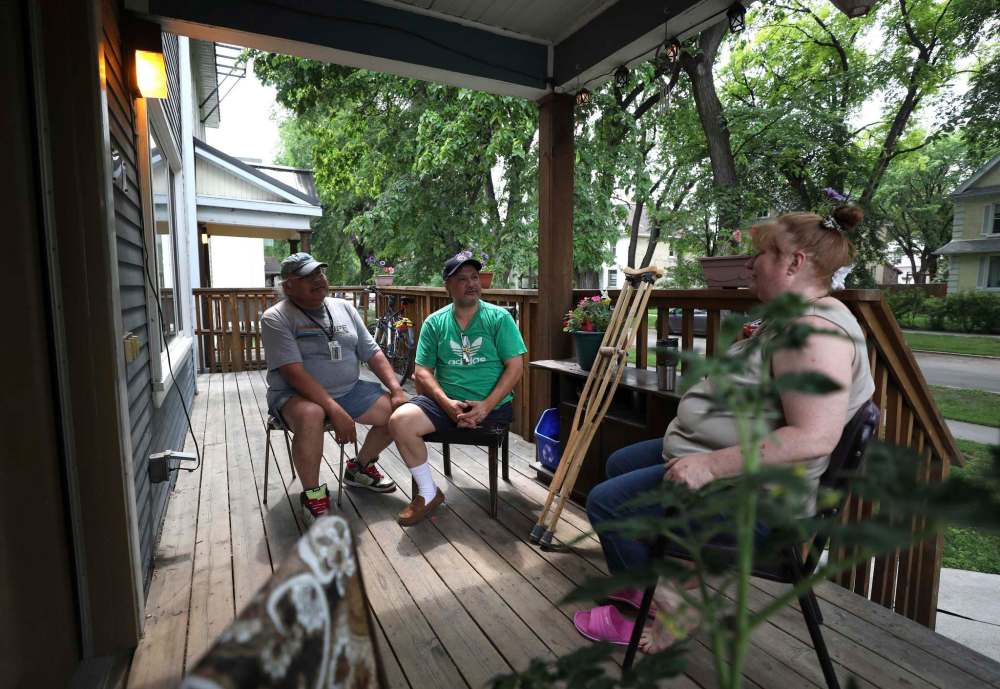
Despite rooming houses being an acceptable form of housing, they’re disappearing from Winnipeg’s inner-city.
From 2002 to 2014, the number of rooming houses in the Spence neighbourhood dropped by 40 per cent. West Broadway lost 63 per cent of its rooming houses from 1995 to 2014. The findings come from a 2014 report released by the University of Winnipeg’s Institute of Urban Studies.
Director Jino Distasio has been studying rooming houses since the early 2000s. He says they proliferated in Winnipeg in the 1980s and ’90s when the economy was in a more desperate time but have since become difficult to manage.
Distasio says today’s rooming-house market has become a bit of a catch-22: We could get rid of rooming houses, but is there an affordable alternative?
Distasio recognizes rooming houses are sometimes a last resort for individuals one step removed from the streets. The challenge is addressing why someone ends up in one.
“We’ve got to, as a community, figure out how we make available the supports,” Distasio says. “When we do have tenants with additional needs, how do we best manage resources, whether it’s case management, mental health or addictions?”

Like Sillito and Jones, those with mental illness disproportionately struggle to find affordable housing. An estimated 20 to 50 per cent of Canada’s homeless population lives with mental illness, the Mental Health Commission of Canada says.
The Canadian Mental Health Association has been helping people with mental illness find housing for years. Sherriann Dexter, manager of the Manitoba and Winnipeg team’s Housing First program, says housing is the foundation of recovery, but stigma stands in the way of accessing it.
“A lot of times landlords are reluctant to rent to people with mental illness and addictions,” Dexter says. “Some folks aren’t able to work, so they’re relying on social assistance. There’s also a stigma when a landlord sees a person has that source of income.”
Rent is steep and vacancies are low. While welfare rates have increased over the years, Dexter says rent allotments range from only $450 to $563 a month. The ‘basic needs’ fund — meant for food, clothing and other necessities — hasn’t budged.
“It’s very limited,” Dexter says. “Although they have increased the rent allowance there’s still a huge disparity.”

West Broadway Community Organization is one non-profit trying to preserve Winnipeg’s rooming houses. Greg MacPherson, executive director of the organization, says these spaces provide “irreplaceable housing” to some of Winnipeg’s most vulnerable residents — many of whom might otherwise end up on the streets or squatting on private property.
MacPherson says West Broadway has close to 50 rooming houses throughout the neighbourhood the organization helps to preserve. In the early ’90s, that number was as high as 120, with between eight and 10 units per building.
Conversions and closures mean nearly 700 affordable housing options have disappeared.
WBCO operated a Rooming House Outreach Program for four years. The idea was to stabilize tenancies and reduce eviction rates by working directly with rooming-house tenants and owners.
The organization conducted needs and strengths assessments with tenants and landlords. They staged cleanup parties and a ‘paint your own suite’ project. Local hardware stores donated supplies and residents were able to choose their own paint colours. There are also community gardens and public green spaces throughout the neighbourhood.
RHOP was “enormously successful,” MacPherson said, but funding issues stood in the way of it continuing. MacPherson said part of the problem was getting people excited about rooming houses.
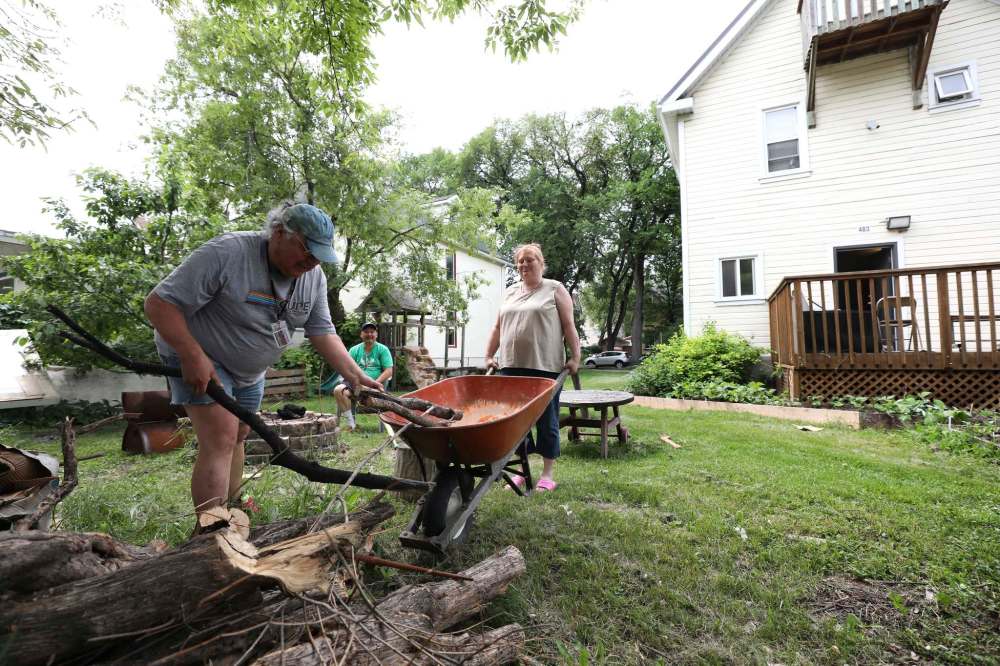
“We’ve talked to a lot of stakeholders,” MacPherson says. “It’s a difficult subject because there’s so much stigma about rooming houses in the public sphere, and that’s not fair because it paints one destructive picture for an entire form of housing.”
This stigma often stems from the idea rooming houses are poorly managed, substandard, filled with volatile addicts and a tax on police services due to frequent crime.
MacPherson believes part of the issue is also regulation and lack of support for landlords. He says rooming house owners are sometimes “in over their heads” dealing with Winnipeg’s hardest to house individuals.
Winnipeg isn’t the only Canadian city struggling to address rooming houses. In Toronto, there were more than 200 legal rooming houses in 2015, not including those in areas rooming houses weren’t permitted under zoning bylaws.
The Toronto municipal government made an ongoing commitment to work with rooming-house landlords and tenants many years ago. City sponsored initiatives included inspections, community consultations, pilot projects to bring illegal buildings into compliance, bylaw amendments and funded community efforts.
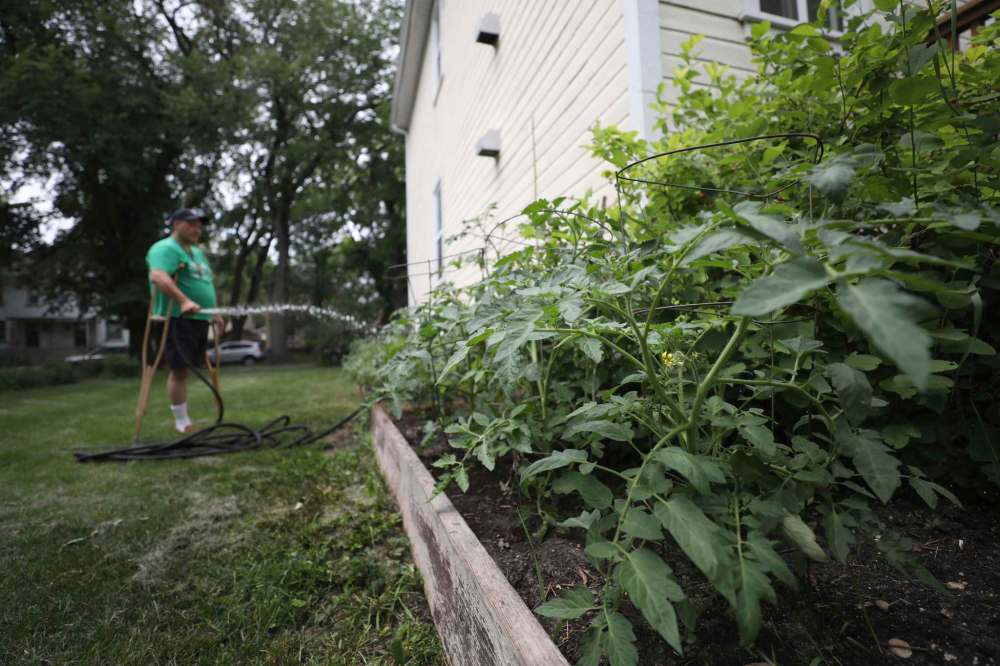
Other projects run by municipalities helped landlords legalize and license their buildings while ensuring tenant safety. Owners were also given a lower tax rate on their properties.
MacPherson doesn’t necessarily believe Toronto’s approach is right for Winnipeg.
“Why have annual inspections to one form of housing? It only further stigmatizes it,” MacPherson says. “I think it’s important for Winnipeggers to start seeing these buildings as an essential service.”
While rooming houses are not their mandate, the West Broadway Business Improvement Zone (BIZ) has worked with the West Broadway Community Organization on rooming house safety programs, security upgrades and helping tenants understand their rights.
Leah McCormick, executive director of the BIZ, believes rooming houses are disappearing due to increasing property values.
“I think it becomes less desirable for landlords of rooming houses to maintain them as rooming houses, especially when your property could be torn down and a four-story unit with commercial rent on the main floor could be put in its place,” McCormick says. “Business is business, and I think that’s why we’re seeing the loss of our rooming houses.”
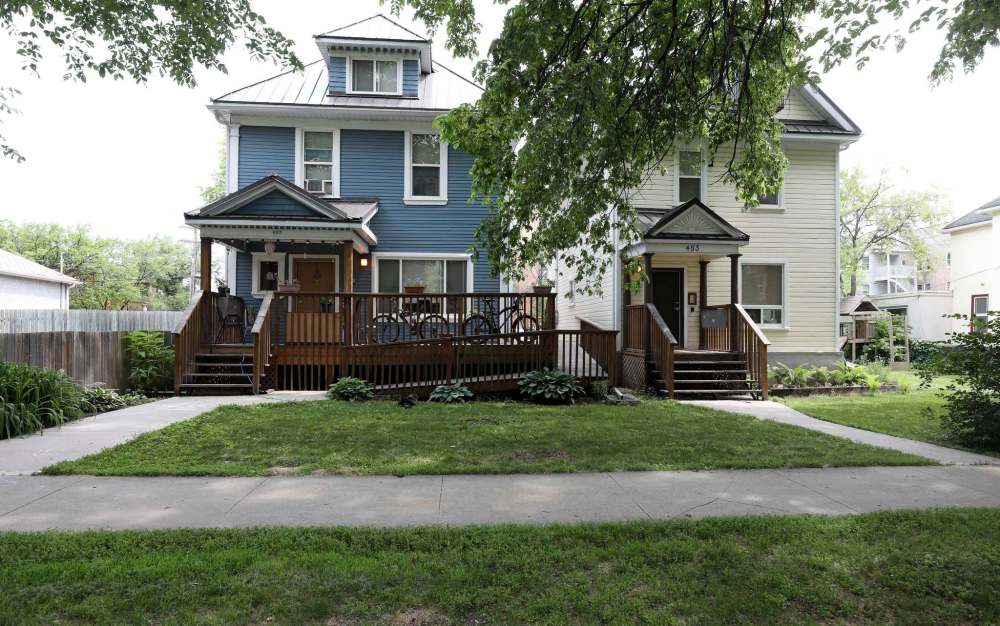
Despite the uncertain future of Winnipeg’s rooming houses, neither Sillito or Jones have plans to leave theirs any time soon.
“Someone who seeks to create community can destroy it, but if it’s through love of your neighbours it works so much better,” Jones says.


